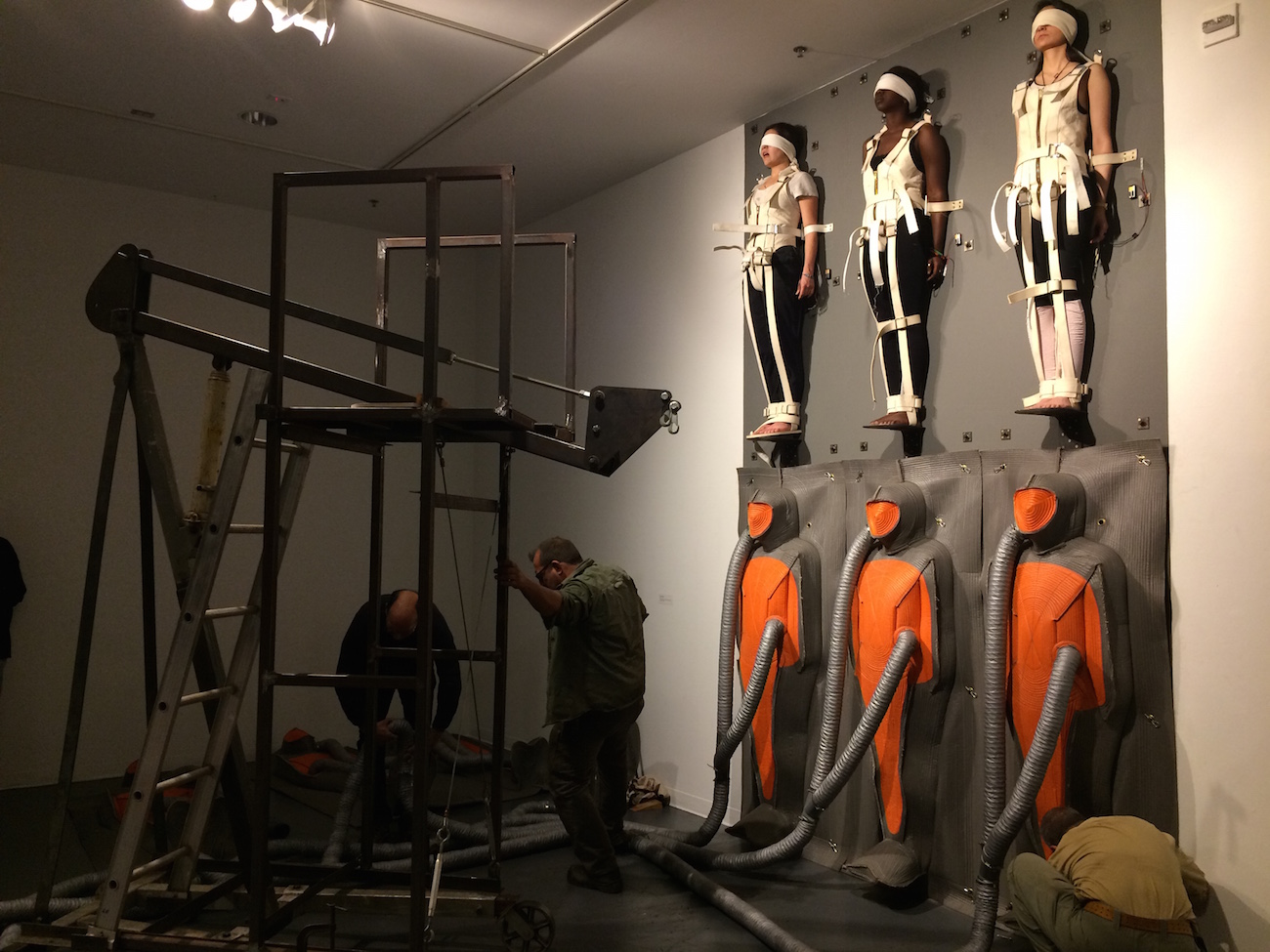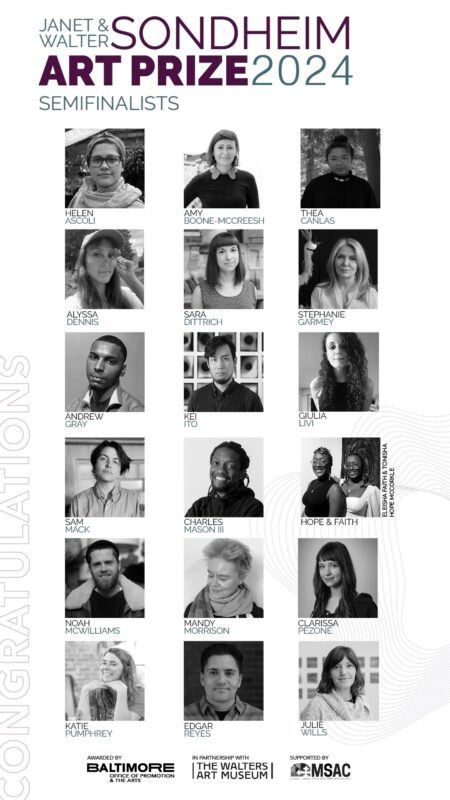How a Sociologist and Author Demystifies the Art World by Cara Ober
If you’ve ever wanted to be a fly on the wall of a famous artist’s studio, to hear all the secret confessions and strategies for success, author Sarah Thornton has already made your dream come true.
The Washington Post christened her the “Jane Goodall” of the art world in 2015, and it remains an apt description. A scientific sense of curiosity and a populist writing style has made the author of Seven Days in the Art World and 33 Artists in 3 Acts an international success. Thornton earned a PhD in Sociology and brings a non-judgmental yet highly observant approach to her behind-the-scenes depictions of famous artists, dealers, and collectors.
Thornton’s Seven Days, a best-seller which chronicles the inner workings of the established and moneyed art world, is required reading for art and art history students across the country, and is now translated into twenty languages. Gossipy and sensationalized at times, Thornton’s depictions of the art world’s inner circle is based upon hundreds of in-depth interviews and studio visits, offering the kind of information that an art world outsider can glean from no other source.
Although many artists tend to be critical of the elitism inherent in the blue chip art world, Seven Days, and her more recent 33 Artists, breaks the hierarchical system down into compelling personalities, with each character in sharp focus. Thornton’s non-fiction subjects are every bit as vital and dynamic as the best-loved characters in popular novels, forging an intimate connection between subject and reader. At the heart of her inquiries, Thornton seeks to uncover the secrets of success in the art world, especially in conjunction with taboos of money, power plays, and a hierarchical ranking system.
Before her Sunday, November 20 lecture at the BMA (free and open to the public) Thornton agreed to a phone interview where we discussed her philosophy of writing about art for the masses, her motivation for studying art sub-cultures, and the surprising patterns she has observed along the way.
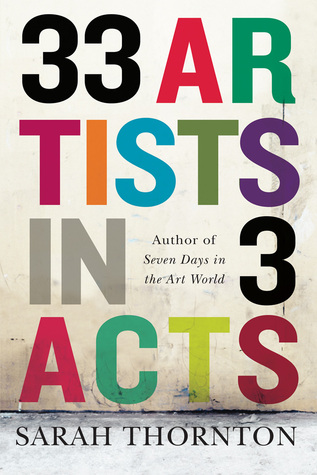
Cara Ober: If you want to develop an audience for contemporary art, it’s essential that you “sell” your ideas beyond the typical art audience. I think you are one of the few writers who deals with the topic of contemporary visual art and has successfully bridged that gap. Can you talk about this delicate balancing act and how you negotiate your content – without dumbing it down or sensationalizing it too much?
Sarah Thornton: For me, the problem of writing for both art insiders and the general public is simple: the solution is to always be as accurate as possible. Accuracy wins over the insiders – they find it amusing, The greatest compliments I get from them are that I captured the tone of voice or those telling details that they recognize. Insiders read Seven Days and enjoy those passages because they actually know these people. If you explain in an accurate way, this also works for art world outsiders, because they can feel confident that they are learning something new, something rarely discussed.
I strive for a balance of character and narrative in the books and use this to generate a picture of the social structure of the art world, exploring the status, the way games are played, to create a balance of entertainment and education.
Why, in your opinion, is it important for the arts to be more accessible and visible to a general and diverse audience beyond ArtForum readers? Who is your ideal audience for your books and why?
I am intolerant of bad jargon in writing, which rules in academia. It perplexes me, I insist on writing for regular people. Jargon is just relying on cliché.
In Seven Days’ chapter on The Magazine I visited ArtForum and I ended up analyzing the character of the publication, especially the issue of seriousness it claims as a form of validation. But this can often be style over substance. This type of language is unfortunately embraced by a number of curators as well.
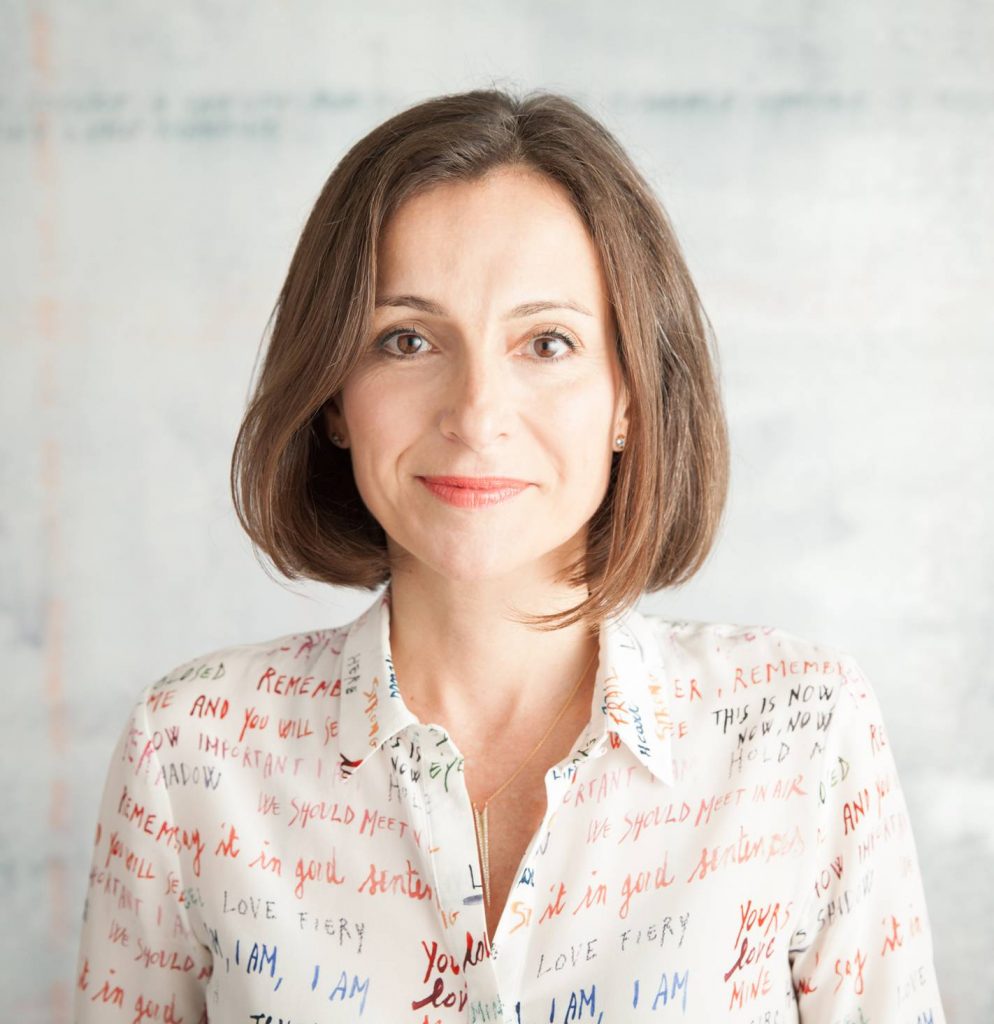
I am an academic myself. I have a PhD, and I always envisioned students as a primary audience for my books, basically writing them for “the me that I was as a student.” I took a lot of art history and a few contemporary art classes but there was never any context for the art. I wanted to step in and provide this missing context.
There is an odd gap between art historians and the art critic-academics who focus on the present. In contrast, history is actually one of the best-written academic subjects because, at the heart of it, it’s storytelling. Especially compared to geography, political science, sociology, where the narratives are less clear and less compelling.
How do you translate an academic subject like art, though, and then spin it into popular reading?
I research like an academic but write like a popular writer. Academics like to read and so do their students. I want to give them, and artists, a compelling reason to learn more about modern art history and the context of art being made now.
You have been labeled a “sociologist of culture” and wrote a doctoral thesis on “hierarchies of ‘coolness'” that compiled case studies of rave and dance clubs. What is it about art and culture that you find so compelling? How does your analysis of artistic sub-cultures allow you to explore ideas that are important to you?
I think it has to do with my upbringing and my childhood. In every city I lived in growing up, my mother was a docent at the local museum – at LACMA, the High Museum in Atlanta, in Montreal… As a teenager, I was often depressed and culture was always a pleasure for me. Culture can be an antidote to malaise and helps us to understand ourselves, to reflect society.
I also think the arts have a lot to teach all types of people and I’m proud that my books are read by business people who want to understand the art ecosystem, or by creative non-fiction classes wanting to learn more about how to convey their case studies.
Also, I’m a structure fetishist at heart.
I am very interested in social structures, hierarchies, and demographics among sub-cultures such as artists. In many ways, Seven Days was an ethnography of the extreme elite in this country, and it offered a lot of irony and humor, and captured some of the class anxieties between artists, which are subtler.
Artists are obsessed with hierarchies too. I’m interested in talking to artists about that, how they work within this system or resist it. It’s also really telling when certain artists pretend it doesn’t exist. Their refusal to acknowledge it is a form of game-playing too.
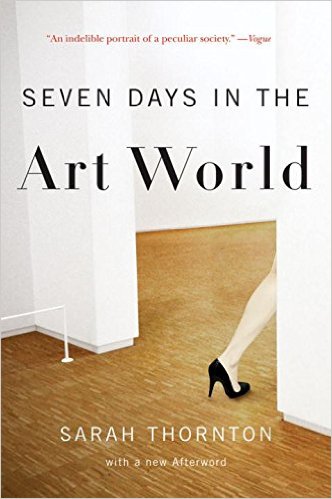
In Seven Days, John Baldessari says that artists should wear badges on their shirts like soldiers, to declare their rank within the system that everyone is aware of, but few ever acknowledge.
Most of all, I am interested in opening up art sub-cultures and making them accessible to all sorts of people who want to understand them, who want to be included.
As an art writer, I love the challenge of deconstructing widely held myths about artists and I appreciate the rigor in which you have approached this topic through hundreds of interviews. What did you learn about artists in writing 33 Artists in 3 Acts that you didn’t know before? What was surprising or enlightening about this process for you as an academic?
One surprise was how often the artists I interviewed in 33 Artists run their careers like a family business. I had no idea how many famous artists today have parents who were also major artists – like Ai Weiwei, KD Noland, and Andrea Fraser… In many other cases, the artist’s parents were in a related field, like interior design. The notion that artists tend to fall “far from the tree” is false. There are vertical affinities between parents and children who become artists, although the way that offspring have reacted to their artist-parents is interesting to consider.
Another surprise was that successful artists build their persona and identity the same way they create their art.
Any interesting artist is actively carving out a new role and identity for themselves. Great artists are combining new roles and strategies into their persona and this is all part and parcel of the innovation in their work.
Although MFA’s are abounding, I have read that museum attendance around the world is down. Do you think the contemporary visual artists and need to work harder at making their work more accessible? What do you see as the disconnect between art and audience and what can artists to do strengthen the impact of their work?
First of all — I disagree completely! Museum attendance is NOT going down – attendance is up. There are so many more museums now than ever before! MFA’s are abounding and there is a great expansion, globally, with the art market still growing.
I love this trend because I think museums are a healthy counterpoint to the digitization of culture. If you think about it, most traditional cultural forms honor the body. It makes us happier as individuals to take care of our body. Museums provide a physical experience where scale and bodies matter. The rise of visual art, particularly contemporary art, in understanding the world and self is part of this experience. We can use technology as a tool, but it’s important to not neglect the physical self. We need to embrace our physical limits and this will make us happier. Texture, materials, physicality, and scale – these all combine to engage our senses and make a big difference in making us happier and healthier.
What is your opinion on art and politics? Do you believe that all art is political?
I believe that there is implicit politics to all art, but believe that art does not need to be explicitly or overtly political. Whatever way an artist wants to make a difference is up to them, and this can be at a purely aesthetic level as an escape mechanism into pleasure. That’s fine because beauty and pleasure helps to make us whole human beings. I am most interested in art that deals with a holistic canvas of human existence and that this, in itself, is political.
What are you working on now? What’s your next project?
To finish 33 Artists in 2015, I conducted around 130 interviews with artists, some repeatedly, and I did so many studio visits I just need a break from that. I am taking time to do smaller projects and write journalistically. I’ve been working on a series of interviews with museum directors. After twenty years in London, now that I’m based in San Francisco, I’m growing more interested in the tech culture there, so we’ll see where that goes.
I have also been doing some writing for Cultured Magazine and, before that, for The Economist.
I’m looking forward to your talk at the BMA on Sunday, November 20 at 4 pm! Thanks for chatting.
*******
Author Cara Ober is Founding Editor at BmoreArt.
Photo of Sarah Thornton by Margo Moritz
